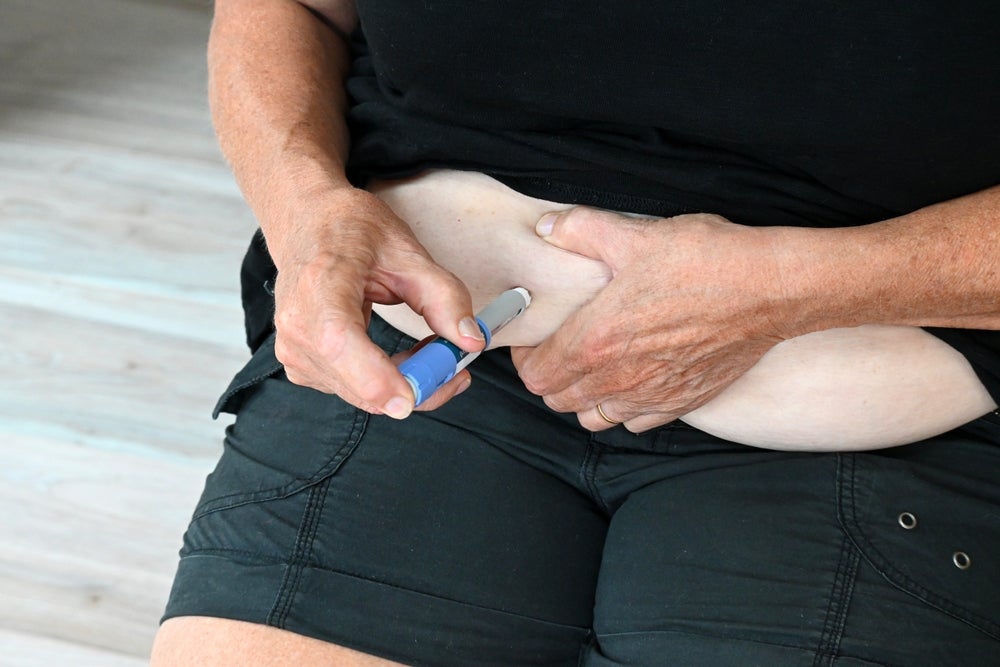Researchers from the MRC Centre for Regenerative Medicine at the UK’s University of Edinburgh have reported positive results from a clinical trial that assessed a new cell therapy for liver cirrhosis.
The new cell therapy is made of white blood cells called macrophages, which are required for normal liver repair.
Trial findings published in the journal Nature Medicine indicated that the therapy was safe without any significant adverse effects.
Conducted in nine patients, the trial involved the extraction and conversion of blood cells into macrophages at the Scottish National Blood Transfusion Service (SNBTS).
The new cells were re-injected into the patient to repair the damaged organ.
Liver cirrhosis is characterised by long-term damage, which leads to scarring of the organ. According to British Liver Trust, the disease is responsible for approximately 14,000 deaths in the UK annually.
How well do you really know your competitors?
Access the most comprehensive Company Profiles on the market, powered by GlobalData. Save hours of research. Gain competitive edge.

Thank you!
Your download email will arrive shortly
Not ready to buy yet? Download a free sample
We are confident about the unique quality of our Company Profiles. However, we want you to make the most beneficial decision for your business, so we offer a free sample that you can download by submitting the below form
By GlobalDataEnd-stage liver cirrhosis can currently be treated through an organ transplant. The new therapy is intended to offer an alternative treatment.
MRC Centre for Regenerative Medicine transplantation and regenerative medicine chair Stuart Forbes said: “Liver cirrhosis is a major healthcare issue in the UK and is one of the top five killers.
“The results from this first safety trial are encouraging and we can now progress to testing how effective it is in a larger group of people. If this was found to be effective it would offer a new way to tackle this important condition.”
During the next part of the trial, the therapy will be evaluated for its ability to aid the liver in minimising scarring and inducing regeneration. Data from this part is expected to be available within the next two years.
The research was supported by funding from the Medical Research Council and was carried out in alliance with the SNBTS and the Cell and Gene Therapy Catapult.







